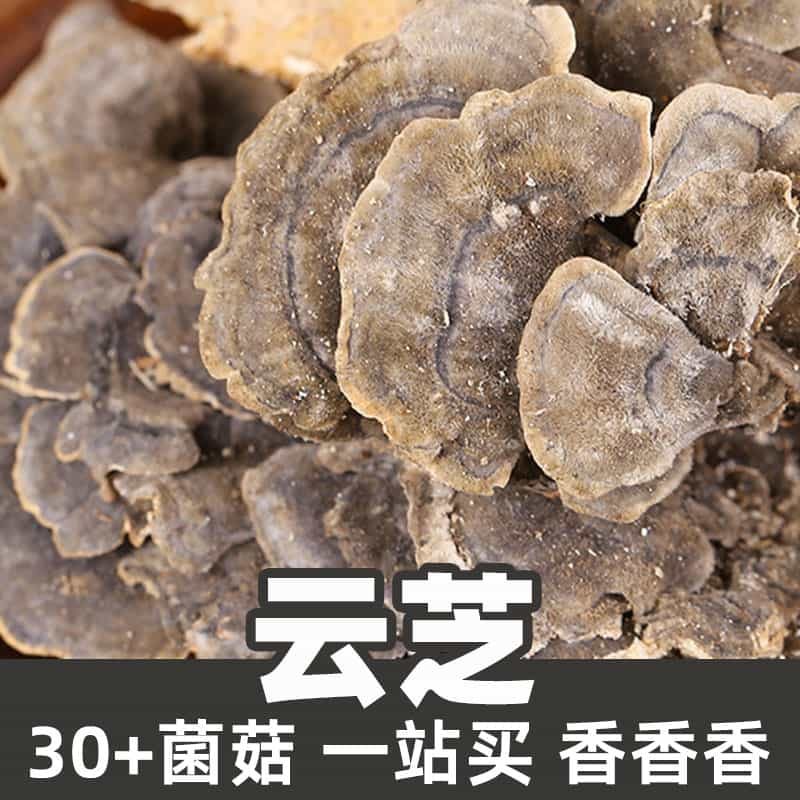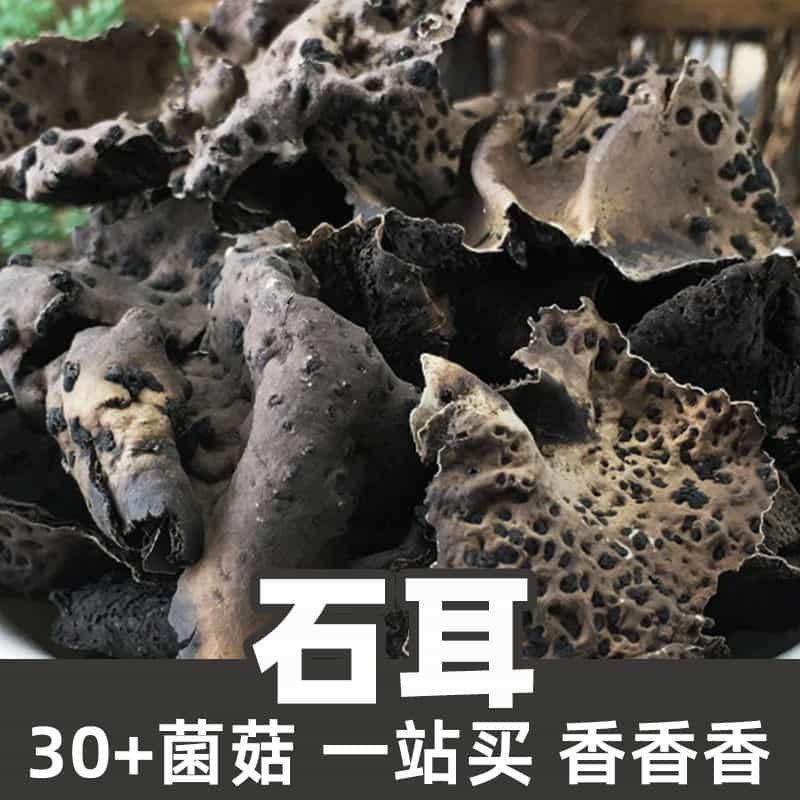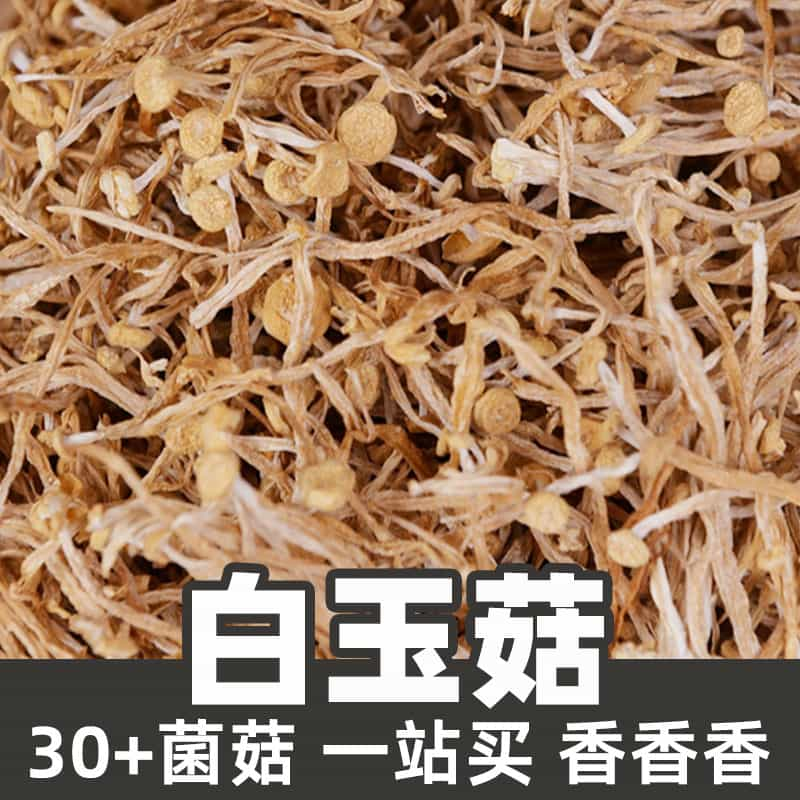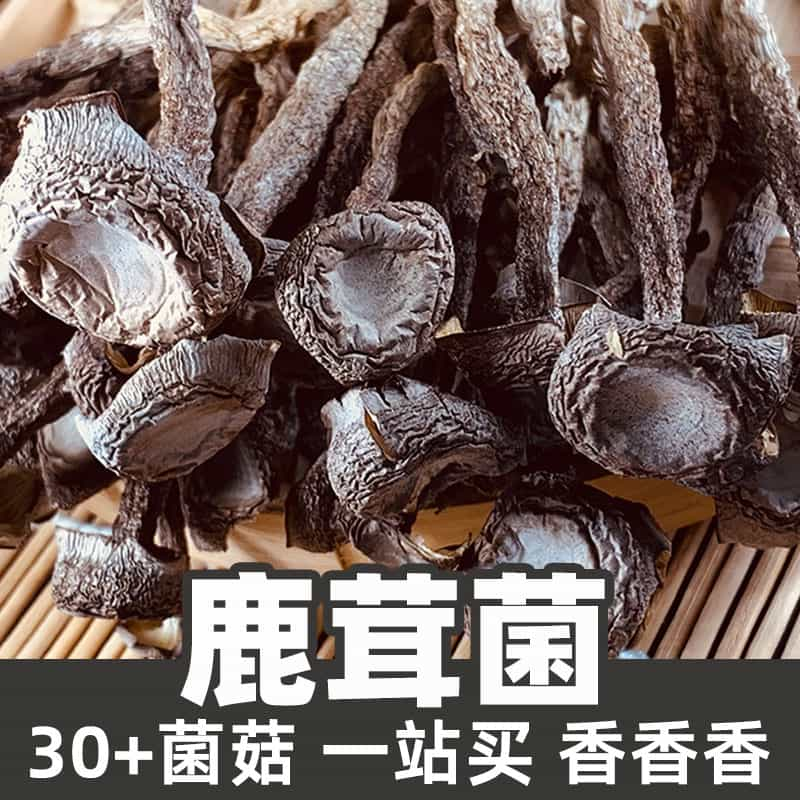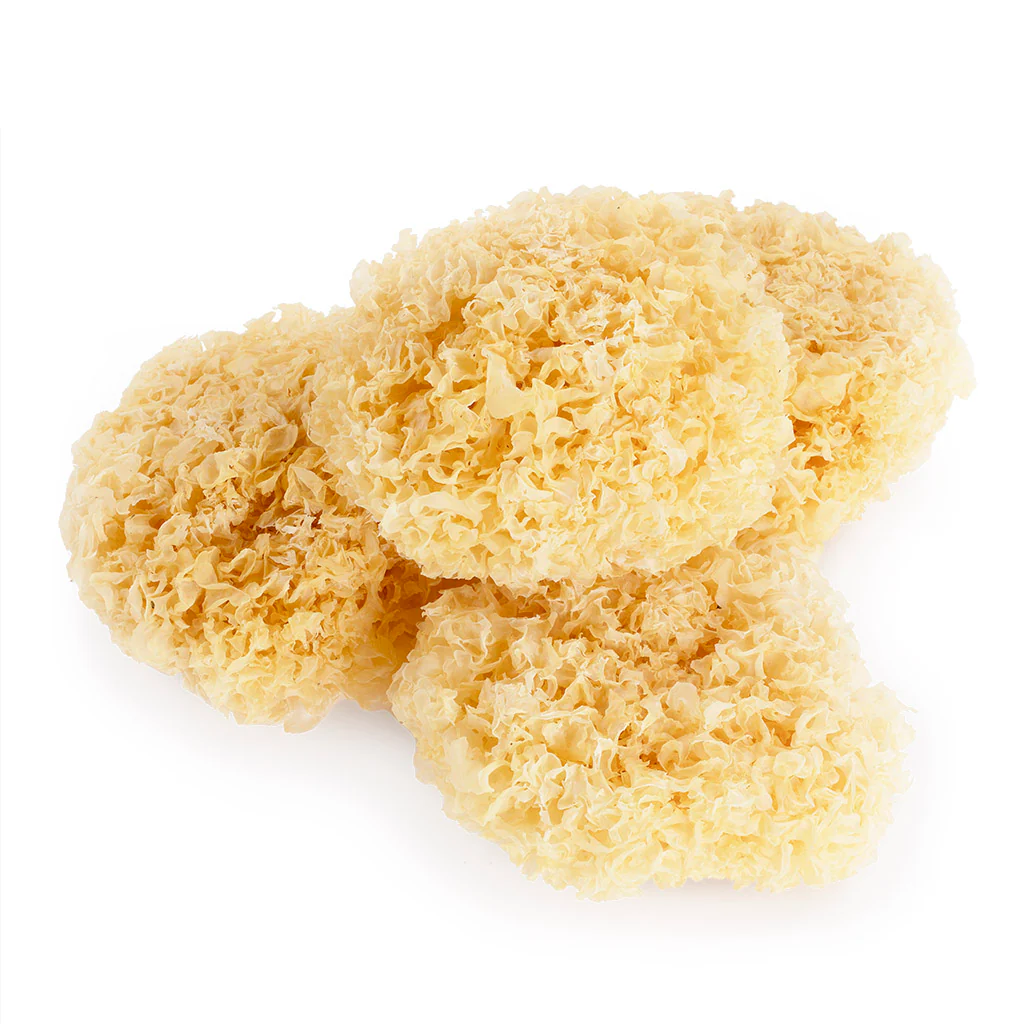Product Introduction
The hazel mushroom, primarily known for its ties to hazel trees, thrives in temperate forests and is a vital part of many ecosystems due to its symbiotic nature. This fungus forms mycorrhizal associations with the roots of trees, enhancing nutrient uptake for the tree while receiving carbohydrates in return. Throughout history, hazel mushrooms have been a part of traditional culinary practices, appreciated for their unique flavor profile and its nutritional properties. In addition to culinary uses, this mushroom has gained attention in natural medicine for its potential health benefits, attributing this to the presence of various bioactive compounds. As interest in wild-harvested and foraged foods grows, the hazel mushroom presents both a culinary delight and an herbal remedy for those aware of its properties.
Nutritional Composition
Hazel mushrooms are rich in essential nutrients and bioactive compounds that contribute to their health-promoting benefits. These fungi contain high levels of polysaccharides, which serve as prebiotics and may support gut health. Additionally, the presence of glycoproteins in hazel mushrooms promotes immune system function and can have anti-inflammatory effects. The phenolic compounds found in these mushrooms are important antioxidants that protect the body from oxidative stress. They help in neutralizing free radicals, potentially reducing the risk of chronic diseases. Furthermore, hazel mushrooms provide a good source of vitamins, including B vitamins such as riboflavin, niacin, and folate, which play significant roles in energy metabolism and cellular functions. Mineral content, including potassium, phosphorus, and magnesium, contributes to various bodily functions, from muscle contractions to bone health. Overall, the nutritional profile of the hazel mushroom makes it a valuable addition to a balanced diet.
Application Scenarios
Hazel mushrooms have a diverse range of uses in both culinary and medicinal contexts. In the kitchen, they can be sautéed, roasted, or used in soups and stews, contributing earthy flavors to a variety of dishes. They pair well with meats, grains, and other vegetables, making them a versatile ingredient. In various cultural cuisines, hazel mushrooms are highly regarded not only for their taste but also for their texture, which can add depth to dishes. From a medicinal standpoint, these mushrooms are often used in traditional herbal preparations, where they are believed to support immune health and digestive function. Herbalists and natural practitioners may recommend hazel mushrooms in various forms, such as tinctures or dried powders, for therapeutic benefits. Furthermore, due to their potential antioxidant properties, they are explored in modern health supplements aimed at promoting overall wellness. As interest in functional foods increases, the hazel mushroom is being researched for its potential in contemporary health and nutrition.
Growth Environment and Geographic Distribution
The hazel mushroom typically thrives in deciduous woodlands and forests, often found in association with hazel trees (Corylus avellana). It prefers damp, rich soils that provide ample organic matter, supporting its nutritional needs and growth. This species tends to flourish in temperate climates, with a preference for regions experiencing seasonal changes that promote moisture and organic decay. Geographically, hazel mushrooms are distributed throughout Europe, particularly in areas with abundant hazel growth. They may also be found in parts of North America and Asia, where environmental conditions are suitable for their growth. Mycorrhizal fungi like the hazel mushroom benefit from the symbiotic relationships they form with tree roots, which further influences their ecological presence. Seasonal factors also play a significant role in their lifecycle; they typically appear in the late summer through early autumn, feeding off the decaying organic matter and establishing their network in the forest ecosystem.
Harvesting, Processing, and Storage
When harvesting hazel mushrooms, foragers should exercise caution and knowledge to avoid confusion with toxic species. Harvesting typically occurs in the late summer to early fall, when the fruiting bodies are fully developed. Harvesters must carefully cut the mushrooms at the base of the stem, preserving the mycelium network for future growth. After harvesting, proper handling is crucial to maintain their quality and nutritional content. The mushrooms should be cleaned gently to remove any soil or debris, preferably using a soft brush to avoid bruising. For longer storage, hazel mushrooms can be dried using an air-drying method or a dehydrator, allowing them to maintain their nutrients while extending shelf life. Once dried, they should be stored in a cool, dark place in airtight containers to prevent moisture absorption. Fresh hazel mushrooms, if not consumed immediately, can be stored in the refrigerator wrapped in a paper towel or in a paper bag, which helps to manage humidity while allowing airflow. With proper handling, hazel mushrooms can retain their flavor and nutritional properties for an extended period.
Monica Sun is a seasoned expert in the natural raw materials industry, with over a decade of experience specializing in traditional Chinese medicinal herbs, spices, and fungi. She is skilled in the sourcing, processing, and application of these materials, emphasizing sustainability and innovation. Monica Sun has contributed to the development of high-quality natural raw materials that serve as essential components in functional foods, pharmaceuticals, and cosmetics, delivering tailored solutions to meet diverse market needs.









